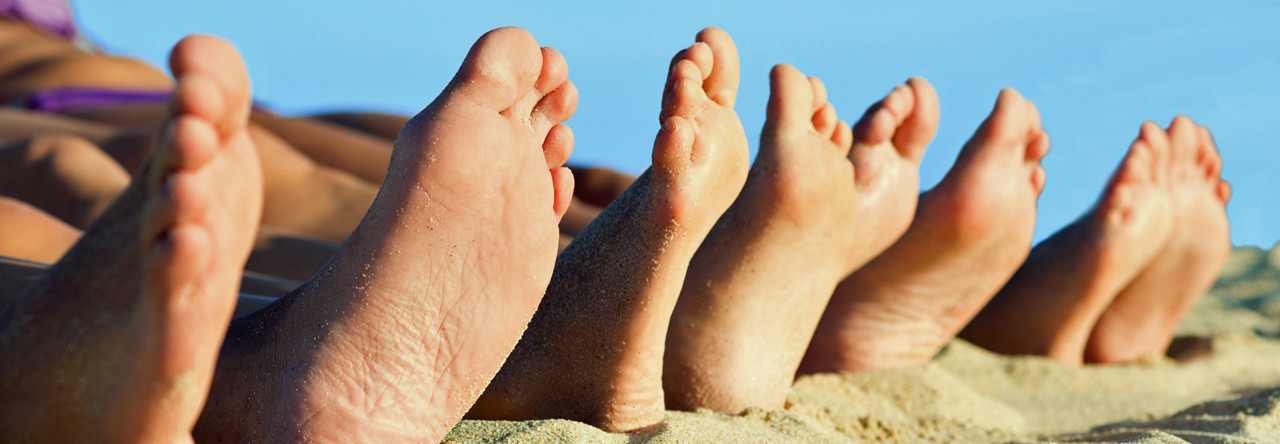Overlapping toes can occur in any of the toes and can cause extreme irritation if not corrected. Deformities of the toes are common in the pediatric population. Generally they are congenital in nature with both or one of the parents having the same or similar condition and almost never will a child outgrow overlapping toes.
Underlapping toes are also therefore common in adults. The toes most often involved are the fourth and fifth toes. A special form of underlapping toes is called clinodactyly or congenital curly toes. One or more toes may be involved with toes three, four, and five of both feet being most commonly affected.
With weight bearing the problem increases and a folding or curling of the toes results in the formation of callous on the outside of the end of the toe. Tight fitting shoes can aggravate the condition. Any problems that cause pain or discomfort in the toes should be given prompt attention. Ignoring the symptoms can aggravate the condition, and lead to a breakdown of tissue or even infection.
Forefoot supports such as gel toe straighteners, gel toe caps and toe combs are often recommended to keep overlapping toes apart. These effective devices are designed to reduce friction to help relieve the discomfort.

Powered by WordPress & Theme by Anders Norén
Comments are closed.